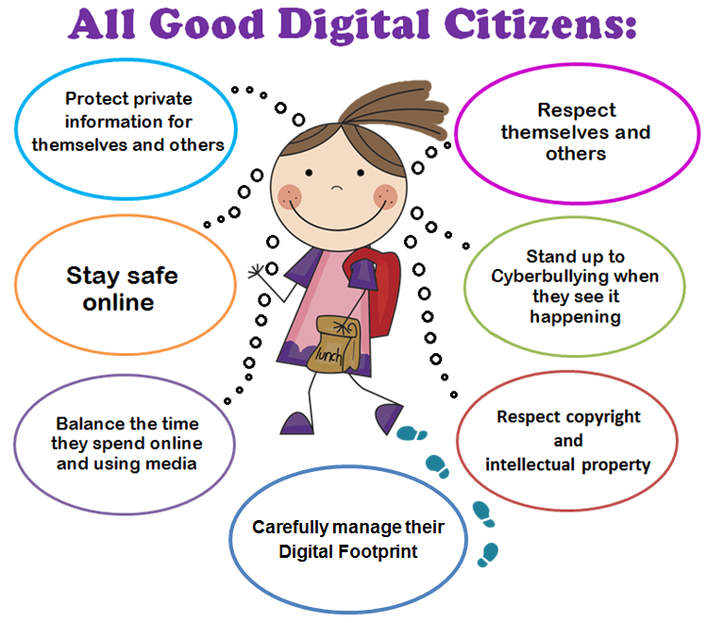Over the course of this first module I have gained a new understanding of what it is to live and learn in today’s digital world.
Digital literacy is the key to enabling us to live work and learn in a digital society (Brown, 2017a). It is easy to take for granted the ways in which Information technology allows us to communicate, participate, create, and innovate as digital learners.

However digital literacy skills are still not universally accessible or achievable, in 2017 worldwide less than 50% of the worlds population had internet access (Brown, 2017c). Digital citizens in the developed world must find ways to help combat this unequal access to information technology by removing or improving the inequities of economics, political divides, gender, and race. From personal experience living in a developing nation I have seen how this inequitable access to digital technology acts as a barrier to learning. This was especially evident in Fiji during the COVID-19 pandemic when for many children when schools closed learning stopped too due to limited and/or no access to digital technology.
Increasing access to online activities also comes with increasing risk (Netsafe, 2018). Therefore, it is important that students are taught the skills to become good digital citizens. Achieving this requires a whole community approach, working together to identify the risks and encouraging attitudes that lead to well-being, resilience, and positive interactions online.

Image: Our Virtual Library. (2023)
The above image really captures for me the ways in which we can all be good digital citizens. Respect, integrity, and the ability to find balance are the key to developing and maintaining positive connections online.
One of the most challenging parts of living in the digital world today is recognising what is true and what is not. I really liked the way this video contrasted post truth with science. In a post truth world people care more about their beliefs than the factual credibility of those beliefs. In contrast to science, where we reach our beliefs based on evidence, and even if we really want to believe in something, we care about evidence more. This means we are willing to change our mind if the evidence doesn’t support our beliefs.
To navigate the post truth world it is important that as educators we give digital learners the skills to reach a correct conclusion based on multiple perspectives, the credibility of the information, critical inquiry and analysis, deferring to experts, and discussion with others (Fields et al, 2017) . To enable us to trust or believe what we see and read online requires us, as digital learners, to recognise the difference between objective facts and appeals to our emotions or personal beliefs.
References
Brown, M. (2017a). Critical review of frameworks for digital literacy: Beyond the flashy, flimsy and faddish – part 1. Retrieved from http://blog.ascilite.org/a-critical-review-of-frameworks-for-digital-literacy-beyond-the-flashy-flimsy-and-faddish-part-1/
Brown, M. (2017c). Critical review of frameworks for digital literacy: Beyond the flashy, flimsy and faddish – part 3. Retrieved from http://blog.ascilite.org/critical-review-of-frameworks-for-digital-literacy-beyond-the-flashy-flimsy-and-faddish-part-3/
Fields, A., Hartnett, M., & Davis, N. (2017). Open, flexible, and distance learning in a post-truth world. Journal of Open, Flexible and Distance Learning, 21(1), 1-6.
Netsafe. (2018). From literacy to fluency to citizenship: Digital citizenship in education. New Zealand. Retrieved from https://netsafe.org.nz/the-kit/wp-content/uploads/2018/07/From-literacy-to-fluency-to-citizenship_July-2018.pdf
Research Gate. (2023). Components of digital literacy. Research Gate. https://www.researchgate.net/figure/Components-of-Digital-Literacy-The-eight-components-include-creativity-critical_fig1_328513105
Virtual library. (2023). All good digital citizens:. Virtual library. https://www.virtuallibrary.info/digital-citizenship.html
Leave a comment